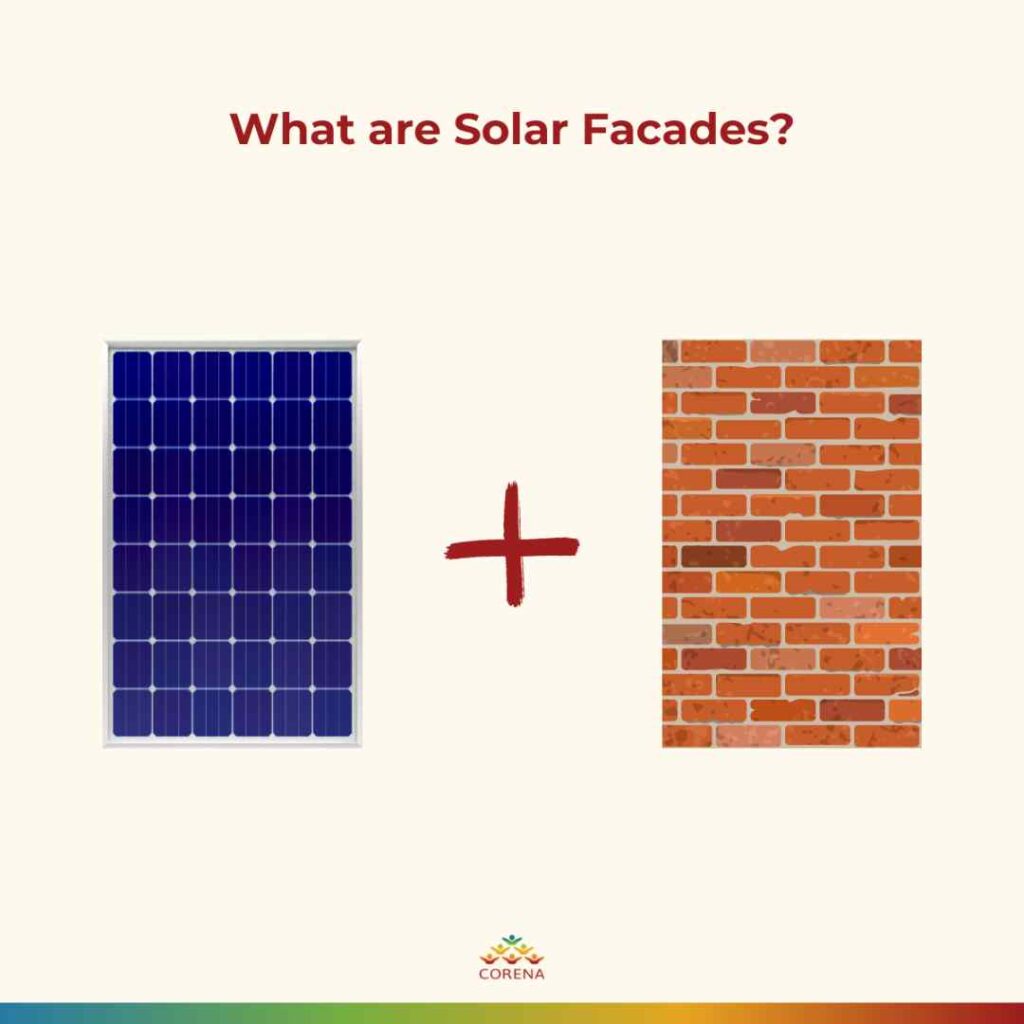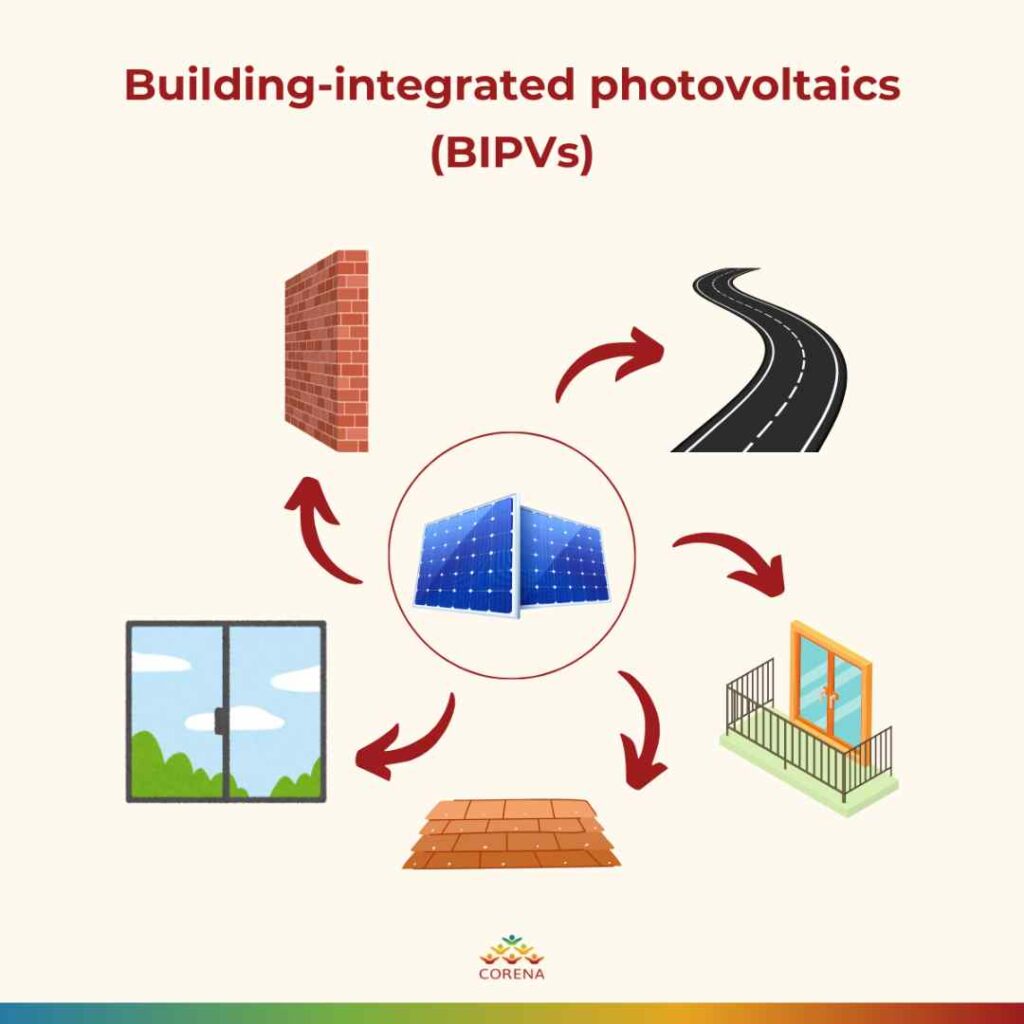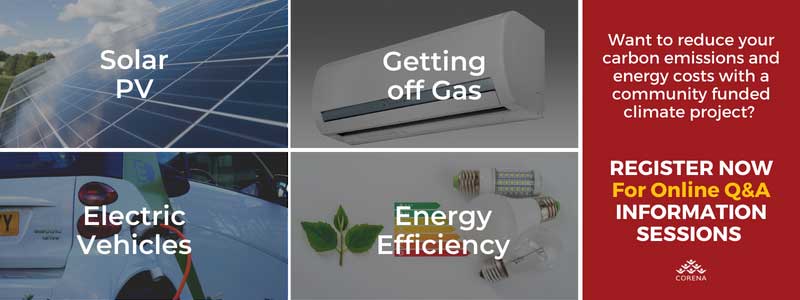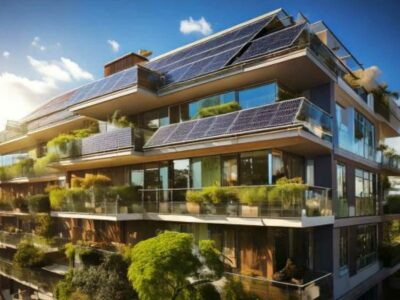The world’s buildings are a major source of carbon emissions. In fact, according to the International Energy Agency, buildings are responsible for nearly one-third of global energy consumption. As we strive to create a more sustainable future, finding ways to make our buildings more energy-efficient is essential.
Solar panels have been the top form of renewable energy in Australia for a while now. One promising new idea is to actually integrate solar energy sources directly into the building materials themselves. This concept, known as building-integrated photovoltaics (BIPV), has the potential to revolutionise the way we power our homes, organisations, and businesses.
What are Solar Facades?
Solar facades are one type of BIPV that is gaining traction. Solar facades are essentially walls that are made of solar panels. These panels enable the external walls to generate renewable energy to power the building, or they can be connected to the grid to sell 100% renewable electricity back to the utility company.

Australia’s First Solar Facade Building: Leading the Way in Sustainable Design
Australia has many examples of sustainable building design, and a recent project in Melbourne is a shining example. This building boasts a unique solar facade that generates more electricity than it consumes, setting a new standard for energy efficiency.
The facade, comprised of 1,182 solar panels, is a marvel of engineering. Its pleated design cleverly balances solar capture with access to natural light. This innovative approach allows the building to generate a whopping 142 kilowatts of electricity at peak production, effectively transforming the building’s exterior into a powerful solar energy source.
The benefits of this solar facade extend far beyond reduced energy bills. By generating clean, renewable energy, the building significantly reduces its carbon footprint. In fact, the building achieves net zero (carbon neutrality), making it a beacon of sustainability in the urban landscape.
This project serves as a powerful testament to the potential of solar facades in revolutionising the way we design and power our buildings. By harnessing the power of the sun, we can create buildings that are not only energy-efficient but also environmentally responsible.
This Australian example highlights the significant role that BIPV (Building-integrated photovoltaics) can play in reducing greenhouse gas emissions and creating a more sustainable future for our built environment.
What are Solar Balconies?
Solar balconies are another type of BIPV that is commonly talked about. Solar balconies are similar to solar facades, but they are located on the balconies of buildings. This can be a great way to generate additional electricity for buildings that have limited space for solar panels on their roofs.
Beyond large-scale solar facades, even individual households can contribute to a greener future with smaller, more accessible solar solutions like balcony solar systems. These systems offer a simplified approach to generating renewable energy, particularly for those living in apartments or smaller dwellings. Being popular in multiple other countries, especially in Europe, solar balconies are not currently readily available in Australia. This great article by Solarquotes explains why.
Learn more in Solar Panels – A Guide For Non Profits
Solar Building Materials
In addition to solar facades and balconies, there are a number of other building materials that can be integrated with solar technology. These include solar roof tiles, solar windows, and even solar roadways.
The benefits of using BIPV are numerous.
- BIPV can help to reduce a building’s energy consumption. This can lead to significant cost savings for building owners and operators.
- BIPV can help to reduce greenhouse gas emissions. By generating clean, renewable energy, BIPV can help to combat climate change.
- BIPV can help to improve the energy security of buildings. By generating their own electricity, buildings can become less reliant on the traditional grid. This can be especially beneficial in areas where there are frequent power outages.
Learn more in How Organisations Can Strengthen Their Energy & Climate Resilience

Considerations
Of course, there are also some challenges associated with BIPV which means that in Australia these technologies haven’t taken off to the extent that traditional solar panels have.
One challenge is the initial cost. BIPV systems can be more expensive to install than traditional materials.
Another challenge is that BIPV systems may not be suitable for all buildings. For example, buildings that are located in areas with limited sunlight may not be good candidates for BIPV.
The less-than-ideal positioning of balcony-mounted solar panels significantly reduces their energy generation potential compared to optimal roof installations. Online estimates of energy yield vary widely, likely due to the highly variable conditions of balcony installations, including shading and limited sun exposure. It’s unlikely that many apartment balconies offer the ideal conditions for maximising solar energy capture.
Despite these challenges, BIPV is a promising technology that has the potential to play a major role in the future of sustainable buildings. As the technology continues to develop and costs come down, we can expect to see BIPV become an increasingly popular choice for building owners and operators.
Learn more in Australia’s Renewable Energy Revolution
Solar Funding For Non-For-Profit, Community Organisations & Social Enterprises
While the above examples are not typical for non profit organisations, it goes to show that technology is advancing to the point where these types of solutions may be viable solutions in the near future.
Learn more in Emerging Electric Vehicle Types, Technologies & Innovations
If you are a non-profit, get in contact if you would like to chat about how these and other solar and energy efficiency initiatives might work for you.
Here at CORENA, we receive, record, and transparently report voluntary donations and contributions from the public. We use that money to give interest-free loans to fund non profits to adopt:
- Solar Panels (Can be used to charge electric vehicles)
- Electric Vehicles
- Energy Efficiency
- Getting Off Gas – Replacement of fossil gas appliances with electric alternatives
- Community Energy
- A combination of the above
We actively support the adoption of renewable energy and energy efficiency, and provide interest-free loans to eligible organisations. You don’t pay any interest on your CORENA loan, and the quarterly loan repayments are set to be a little less than the savings on your operating costs averaged over a year. This means you are never out of pocket, even though your overall energy cost savings may not be so large in the short-term. However, after your loan is fully repaid you reap the full financial benefit of having lower operating costs.
To learn more, check out how to apply for a project loan, or register for one of our upcoming Online Q&A Information Sessions.


